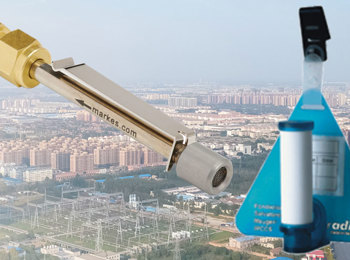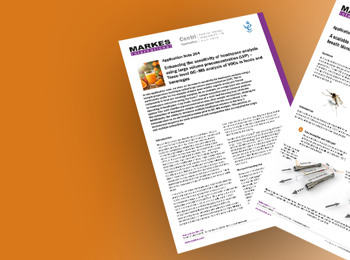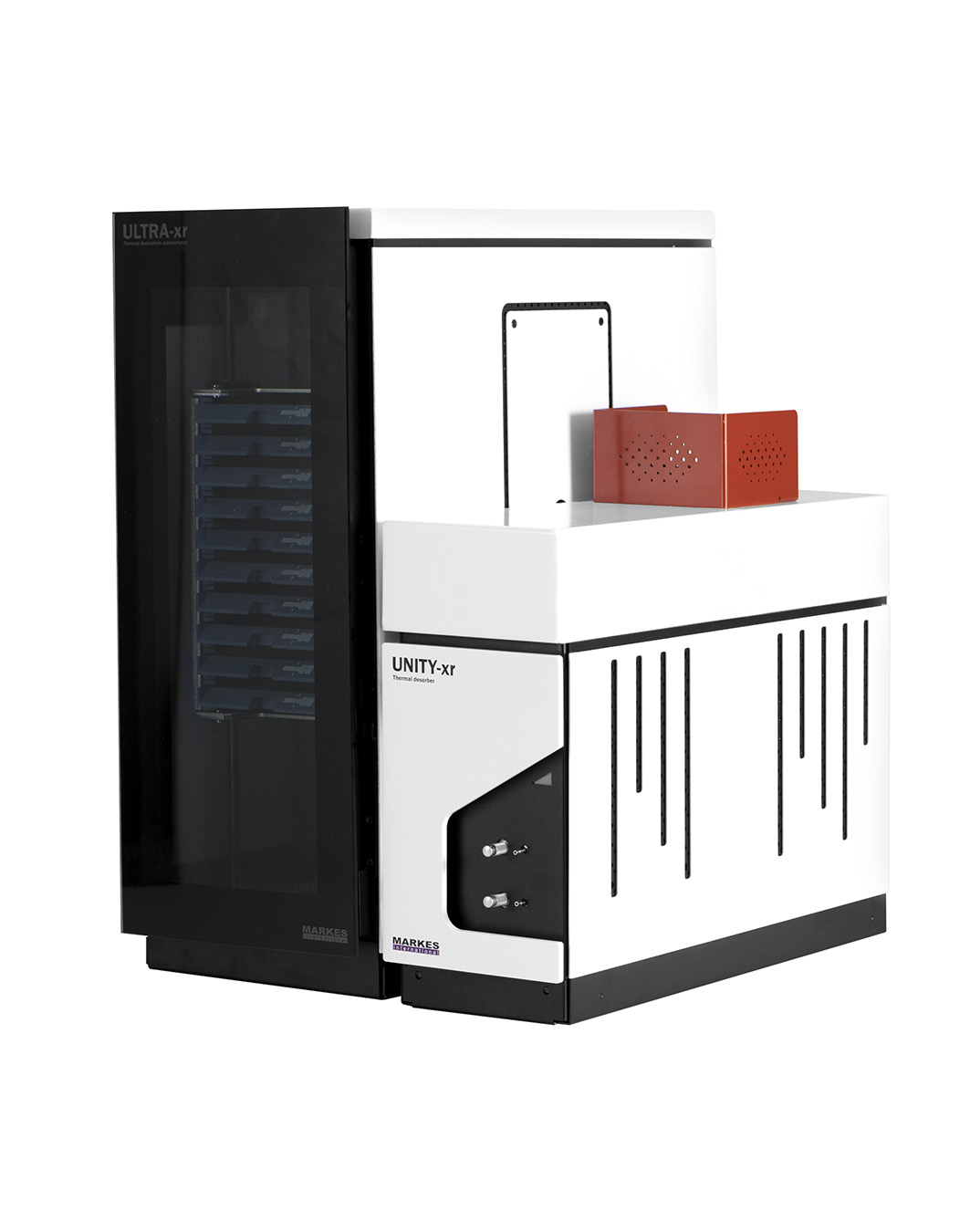The problem of vapour intrusion into buildings has been much studied in the USA. The analytical approaches are similar to those employed when remediating brownfield sites.
What is vapour intrusion?
Vapour intrusion is the migration of VOCs from the soil to the air inside a building, and most often arises when houses are built on former industrial sites that have not been fully remediated.
In these circumstances it is often necessary to take measures such as installing vapour-proof membranes at basement level, and to monitor soil gas and indoor air for the presence of hazardous pollutants.
What methods are used to assess vapour intrusion?
The volatility of compounds implicated in vapour intrusion makes GC-based monitoring methods a natural choice. Three methods are generally used for monitoring soil gas in the context of vapour intrusion (often referred to as ‘sub-slab’ or vadose zone sampling):
- Canister sampling, which although convenient, is limited to compounds more volatile than n-C10, and thus excludes many of the heavier organic pollutants that are frequently of concern.
- Pumped sampling onto sorbent tubes is compatible with a wider volatility range than canisters, but makes it difficult to assess the longer-term average concentrations relevant to health risk.
- Passive sampling has long been used for industrial hygiene assessment, and due to its low cost, ease of use and applicability to longer-term sampling, it is now attracting attention for vapour intrusion applications too. Of the various sampler designs available, axial-type samplers offer the advantages of having well-validated uptake rates, being compatible with standard methods, and providing a small area of exposed sorbent that avoids ‘starvation’ in confined-volume sampling setups.
Standard methods used for vapour intrusion
Three main standard methods are used for sub-slab monitoring of vapour intrusion, all of which use TD–GC–MS.
Standard practice for passive soil gas sampling in the vadose zone for source identification, spatial variability assessment, monitoring and vapor intrusion evaluations.
Standard practice for active soil gas sampling in the vadose zone for vapor intrusion evaluations.
Standard practice for environmental site assessments: Phase II environmental site assessment process.








